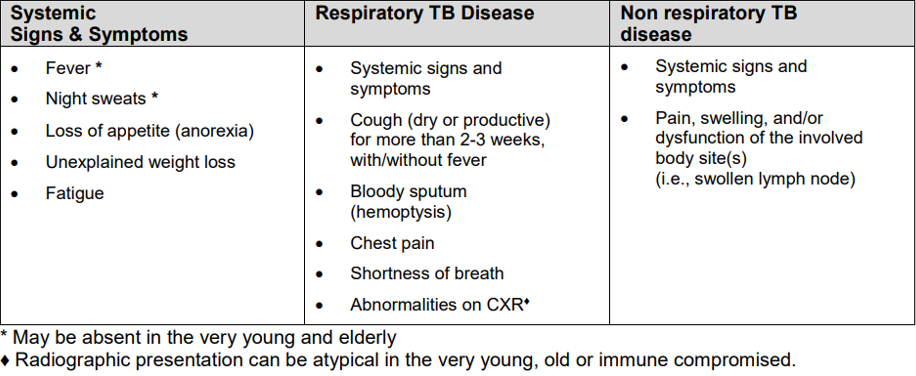Criteria
In BC, TB skin testing is free for the following clients who have a public health and/or medical reason for testing:
– People who are symptomatic and their medical provider has referred them for TB testing.
– People who are contacts to active TB disease.
– People who are high risk for TB infection:
* Required to complete TB medical surveillance for immigration.
* Under-housed or homeless.
* Inject drugs and/or crack/cocaine use.
– People who identify as Indigenous.
– People who are starting immune suppressant treatment at baseline (ie: biologics).
– People who are referred for TB testing for medical reasons such as:
* Dialysis
* Transplant donor or recipient.
– People living with HIV.
– People entering a residential drug and alcohol treatment program.
– People under 60 years of age who are entering an adult residential care facility.
There is a cost for a TB skin test for:
– People needing it for educational programs, volunteer or employment positions.
– Some international travelers who will be residing in countries where TB is endemic and travelers returning from prolonged visits to endemic
areas unless there is a clear history of clear contact with active TB and/or symptomatic.
– People who want a test and do not meet the criteria for public health and/or medical reason for testing.
Symptoms of TB

Tuberculin Skin Test
The TST is used to detect TB infection. The test consists of an intradermal injection with a purified protein derivative (PPD). People infected with TB bacteria usually respond to tuberculin with a delayed hypersensitivity reaction that manifests as a discrete area of swelling and firmness (induration) at the site of the injection.
TST results are based upon:
– Size of the TST reaction.
– Likelihood of true infection.
– Risk factors for developing a TB infection.
The size of the firm bump (not the red area) is measured 2 to 3 days after the test to find out the result. Your doctor will consider your chance of having TB when looking at the skin test site. Results of the test depend on your risk for TB. If you are at higher risk, a smaller bump is considered a sign of infection. People at lower risk for having TB need to have a larger bump to be diagnosed with a TB infection. A positive reaction can usually be seen for about 1 week.
A positive tuberculin skin test doesn’t mean you have contagious (active) TB. The test can’t tell whether you have active or inactive (latent) TB. It also can’t tell the difference between a TB infection and a TB vaccination. More tests, such as a chest X-ray, a sputum culture, or both, are usually done to see if you have an active TB infection.
